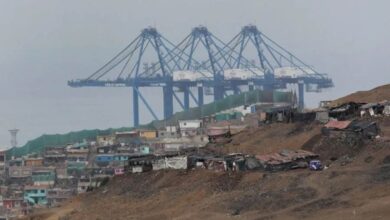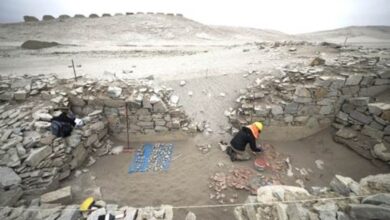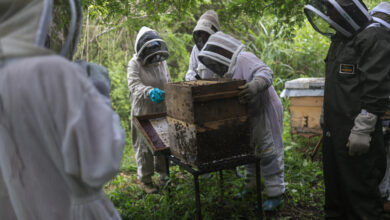American Peruvian Pope Souvenirs Stalled as Vatican Retailers Await Sacred License
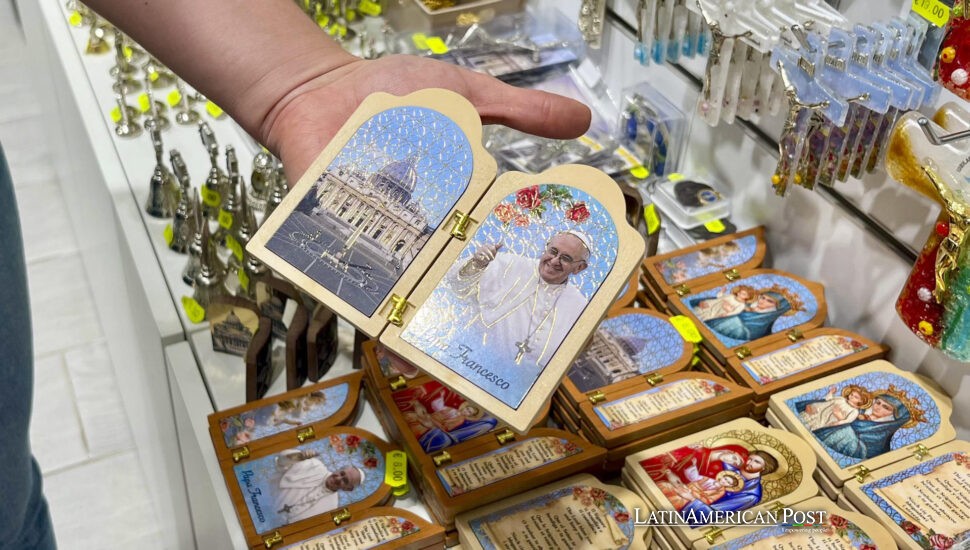
With pilgrims flooding Rome for the Jubilee Year, souvenir stands near St. Peter’s Square are stocked with every pope except the one currently leading the Catholic Church. Two months after his election, León XIV’s official image still hasn’t been cleared for commercial use.
A Jubilee Boom Meets Empty Display Shelves
For shopkeeper Rita Turella, this was supposed to be her best summer in years.
Her religious goods store, nestled beside Borgo Pio since 1950, usually rides a sales wave during the Holy Years. But this July, as Rome swells with pilgrims and Jubilee liturgies, something’s off.
“It has never taken this long,” she told EFE, lifting a lid on boxes stuffed with leftover Pope Francis bookmarks. “People come in asking for León XIV every day. I have to send them away.”
Turella is not alone. At the newer Vatican Emporium, manager Ludovica said July sales are already 30% down compared to last year. “Customers think we’re hiding the merchandise. We’re not,” she shrugged. “We’re just waiting.”
That wait is for a single file—a high-resolution photo of León XIV, along with his coat of arms and official insignia. Without it, printers can’t legally produce keychains, magnets, rosaries, or holy cards bearing his image. And without those, vendors can’t meet the demand of an estimated 30 million Jubilee pilgrims passing through Rome.
Why León XIV Isn’t on Your Keychain—Yet
The delay isn’t just annoying; it’s unprecedented.
Since 2017, the Vatican Secretariat of State has held strict copyright over papal images, a move aimed at controlling counterfeit goods. After a conclave, the Holy See typically sends licensed printers a digital kit within days. This time, it’s been more than eight weeks.
Vatican officials privately say the delay stems from overlapping pressures: the funeral of Pope Francis, the May conclave, and the intense planning for the Jubilee. All of it falling on a communications office that, as insiders told EFE, is already understaffed.
Massimo Faggioli, a canon law scholar at Villanova University, said the election of León XIV—formerly Archbishop of Lima and a cardinal for barely a year—also complicated things. “Everything had to be translated, designed, and updated fast,” he explained. These are small offices. They get overwhelmed.”
In the meantime, the only place to purchase an authorized photo of León XIV is the Vatican’s online store, where prices range from €2.50 for a postcard to €64 for a poster and €120 for a large canvas print. Shipping to Latin America can double the cost.
“We can’t survive on margins like that,” said one vendor along Via della Conciliazione, shaking her head. “Bulk orders at those prices? Forget it.”
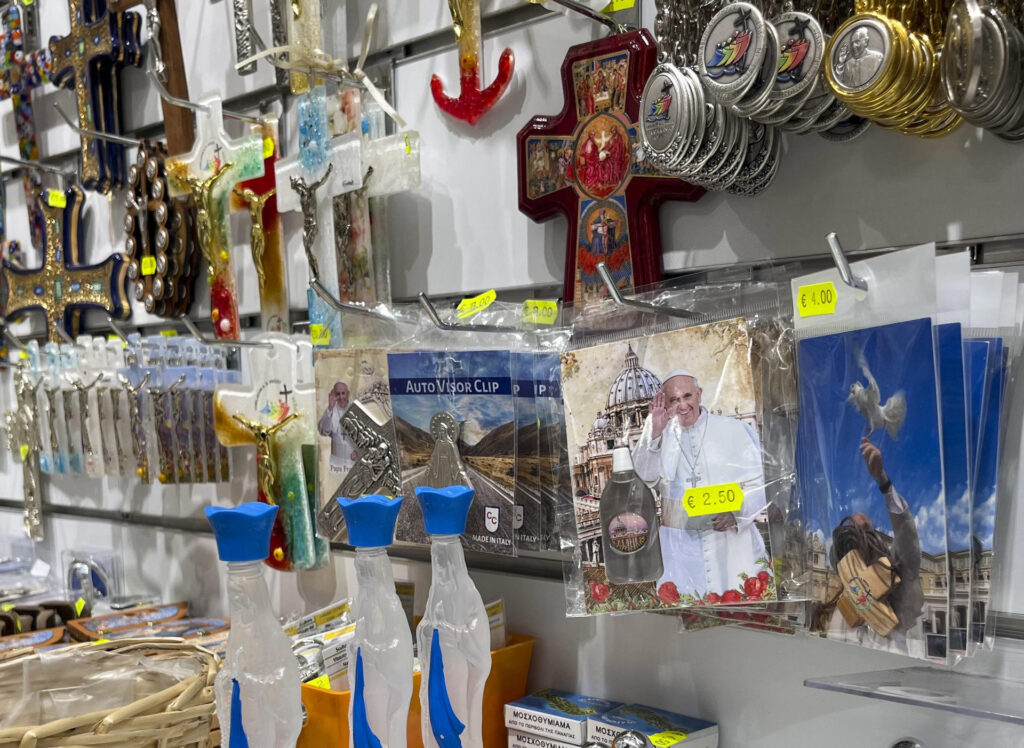
Pilgrims Get Creative, and So Do the Police
Of course, not everyone is waiting.
Outside the colonnade of St. Peter’s, a Brazilian nun offers foldout prayer cards printed from a web image of León XIV, laminated at a corner copy shop. Tourists snap them up for €1.
Technically, it’s illegal. Police occasionally confiscate the bootlegged items under the 2017 directive, but enforcement is inconsistent.
Vendors worry that the black market will set the tone for first impressions before official merchandise ever hits the shelves. Some, like Turella, have petitioned the Vicariate of Rome to expedite licenses before August, when European tourist traffic peaks.
“We still sell John Paul II statues,” laughed Mariangela, a veteran clerk at Borgo Clero, “but people want the new shepherd.”
Even as León XIV prepares to visit Castel Gandolfo next week, the town bookshop already displays a Jubilee guide with his smiling face on the cover—an exception made for the official publisher.
Historians note that papal imagery has always been more than decoration. From Renaissance medals to 20th-century holy cards, the pope’s image connects the faithful to the throne of Peter.
“This is about more than magnets,” said one disappointed pilgrim from Argentina. “We want to bring León home.”
Tradition Held Hostage by a Missing JPEG
For now, the souvenir trade remains in limbo.
The Vatican has begun issuing wedding and baptism certificates bearing León XIV’s seal through an online platform run by the Apostolic Almoner, with proceeds going to papal charities. Valerio Castrucci, an economic historian at Sapienza University, says this signals a broader shift.
“The Vatican lost ticket revenue during the pandemic,” Castrucci told EFE. “So now, they’re controlling the brand more tightly. It makes sense—but it hurts the shops that have supported this tradition for decades.”
Back on Borgo Pio, display hooks remain empty. Vendors shuffle rosaries and candles, waiting for an email that will either save their season or send them deeper into red ink.
“The file will come,” Ludovica said, straightening unused displays. “And when it does, we’ll work through the night. León XIV will finally take his place beside the others—and maybe, just maybe, help keep this old street alive.”
Also Read: Sanctions, Sinaloa, and the Banks in the Crosshairs of America’s Fentanyl War
Until then, tourists leave with memories but no mementos to take home. And the Church’s first Peruvian pope waits—not for a ceremony or a crowd—but for clearance to appear on a keychain.

